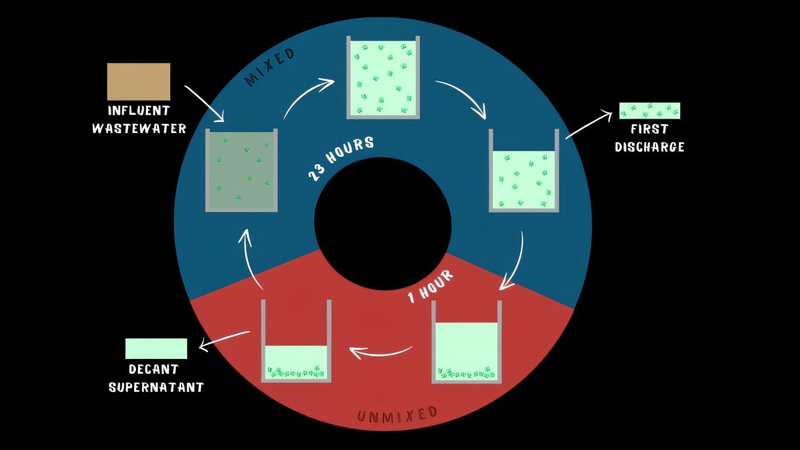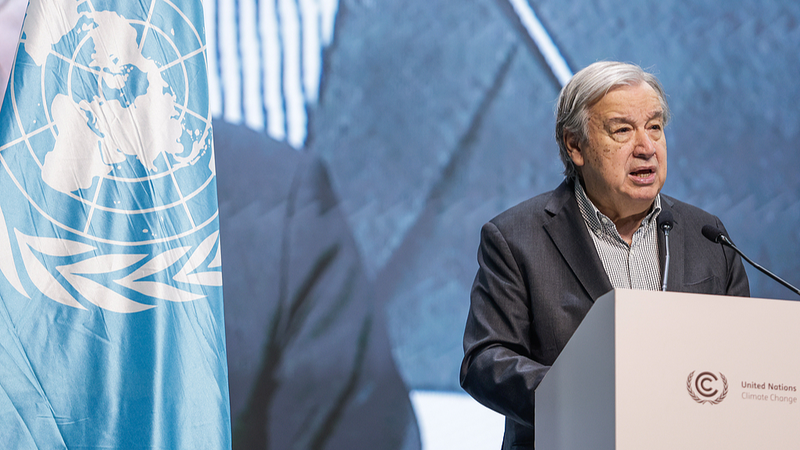Researchers from Flinders University in South Australia are exploring a groundbreaking approach to water recycling by harnessing the power of algae in drought-stricken rural areas. This innovative tech uses enhanced high-rate algal pond (HRAP) systems that incorporate native filamentous algae, which speeds up wastewater treatment and efficiently removes solids. 💧
The HRAP system works by circulating wastewater through channels filled with microalgae and bacteria, using low-energy paddlewheels. This natural process forms dense, fast-settling biofilms that improve water quality for non-potable uses like irrigation. It’s a low-cost, energy-efficient alternative to traditional sewage treatment, making it a perfect fit for regions facing water shortages.
Flinders University's PhD researcher Sam Butterworth explains, "Algae-bacterial granule formation is a positive way for biofilms to form dense, fast-settling biomass," highlighting the potential of this natural solution. Researchers are now testing advanced sequencing batch reactor HRAP technology at a local wastewater treatment plant, aiming to optimize biological processes without the need for major new investments.
This exciting breakthrough in green tech offers a sustainable solution to water scarcity challenges. As drought-hit communities seek innovative ways to manage their water resources, this algae-based method could pave the way for a greener and more resilient future. Stay tuned for more updates on this inspiring eco-friendly innovation! 🌿
Reference(s):
Researchers use algae to recycle wastewater in drought-hit regions
cgtn.com




